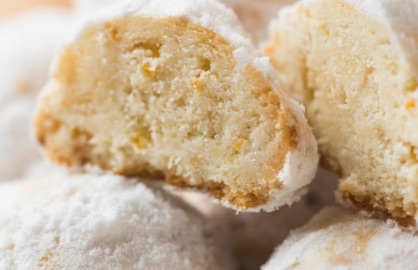

Chefs’ Voices | 06
Rousseau Takahashi Fumiyo
Pastry chef
Paris, France
What are the challenges in making gluten-free breads in general?
We’ve experienced some difficulties in developing gluten-free bread.
It can be quite tricky to
obtain the ideal consistency without industrial ingredients, due to the lack of protein in the rice
flour. However, we are constantly finding natural ingredients that can replace these industrial
ingredients.
Please tell us the reason why you find Japanese rice flour appealing.
The strong points of rice flour made in Japan are taste and quality (and thinness in particular). The Japanese laws of agriculture are very strict and the use of pesticides is very controlled in order to obtain the better quality. The natural taste of the ingredients is better preserved compared to some other imported products.
What do you think is the difference between Japanese rice flour and wheat flour?
From my experience, cakes made with Japanese rice flour retain their flavor and texture longer compared to other imported rice flour. Japanese rice flour is more fluid and tastes better.
How easy/difficult is it to work with Japanese rice flour?
It is very thin, fluid, and very easy to mix and work with.
What are the consumer reactions to your products (breads, cakes, baked goods) made with Japanese rice flour?
There is flourishing demand for gluten-free rice flour products.
Our customers are very satisfied
with our pastries, and the demand for these products is increasing. Customers who are not necessarily
looking for rice flour or gluten free products also appreciate our products.

Products made using Japanese rice flour
-

Chiffon komeko
Vanilla chiffon cake. It’s a very soft cake
-

Snowball (yuzu)
It is a ball-shaped shortbread with a zest of yuzu.
STORE INFORMATION

Aki Boulangerie
- 16 rue Sainte-Anne 75001 Paris
- 0140156338
- Mon.–Sat. 8:30–19:00, Closed Sun.
- https://akiparis.fr

